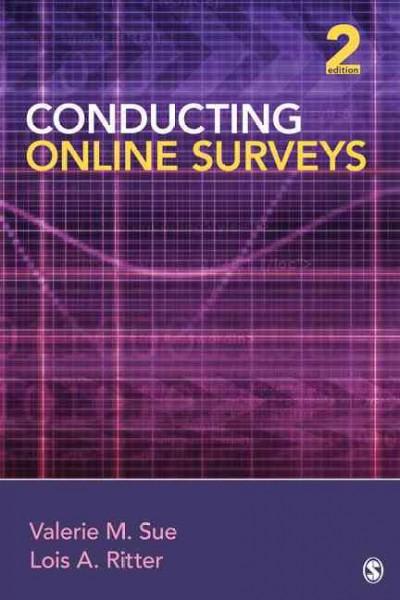Question
Answer the each the following question Question #1: On April 9, 2023, a vehicle was spotted driving erratically on a busy downtown Woodland road. When
Answer the each the following question
Question #1:
On April 9, 2023, a vehicle was spotted driving erratically on a busy downtown Woodland road. When police attempted to pull the car over, the 13-year-old driver sped away, and a brief chase ensued, at times exceeding speeds of over 100 mph. After a few minutes, the car crashed into two other vehicles at an intersection. An adult and 4-year-old child were killed in the crash, and a dozen other people were injured.
Part One: Briefly explain which structures of the brain and which neurotransmitters may be implicated in this type of reckless behavior during adolescence.
Part Two: Why do educators, counselors, medical professionals, legal experts, etc. need to be aware of this information? Are these types of incidents preventable? What could be done?
Question #2:
This semester we learned that young children's memories are very fragile.
Part One:, explain what this means and why it occurs. At what age are children's memories most susceptible to this fragile state?
Part Two: For full credit, incorporate the results from, at least, one study that we reviewed this semester into your explanation.
Question #3:
B. grew up in an abusive household, and experienced a great deal of adversity throughout her childhood. From food scarcity and frequent moves, to outright physical abuse, her childhood was filled with a great deal of stress, fear, and conflict.
Part One: In what ways might these experiences have negatively impacted B.'s physiological and neurobiological development as a child?
Part Two: What neurological and/or physiological effects might she still experience as a result of those stressful early life experiences?
Question #4:
In your own words, briefly describe how learning something new changes the brain. For full credit, please be sure to describe the structural, as well as, neurochemical changes that occur as we learn.
Question #5:
Over the past few decades, the rapid increase in technology has had a profound impact on the way in which we think communicate, and learn. For this question, please explain some of these effects.
Part One: What changes have occurred in our short term/working memory skills as a result of regular technology usage?
Part Two: What types of changes have occurred to our long term memory, and how have these changes impacted thinking and learning?
Question #6:
Social norms develop within groups and communities, and it is generally accepted that it is human nature to "go along with the crowd."
Part One: Explain how the brain is wired to conform. Be sure to include the brain structures and neurotransmitters involved.
Part Two: For full credit describe 1-2 of the studies help explain and illustrate the phenomenon of conformity.
Step by Step Solution
There are 3 Steps involved in it
Step: 1

Get Instant Access to Expert-Tailored Solutions
See step-by-step solutions with expert insights and AI powered tools for academic success
Step: 2

Step: 3

Ace Your Homework with AI
Get the answers you need in no time with our AI-driven, step-by-step assistance
Get Started


